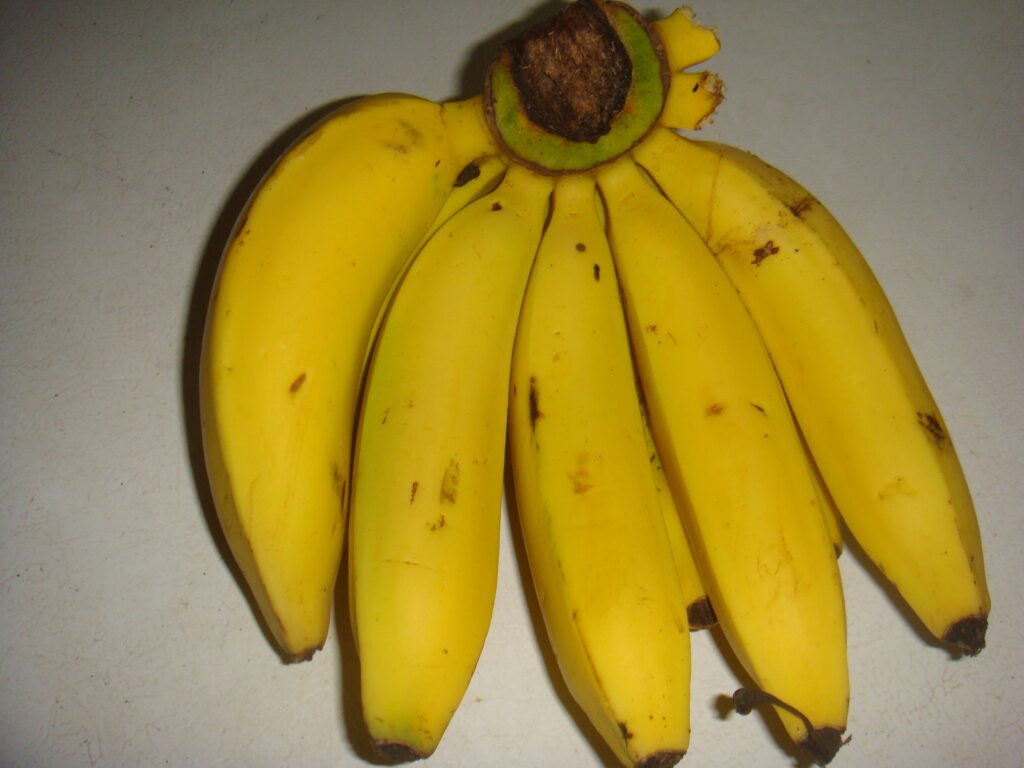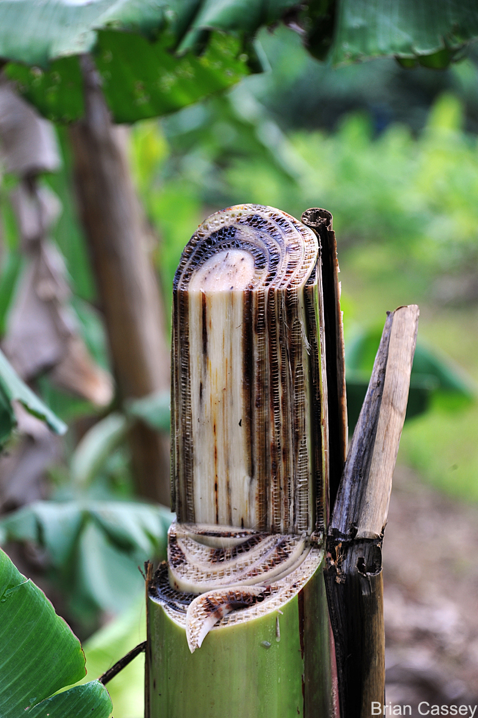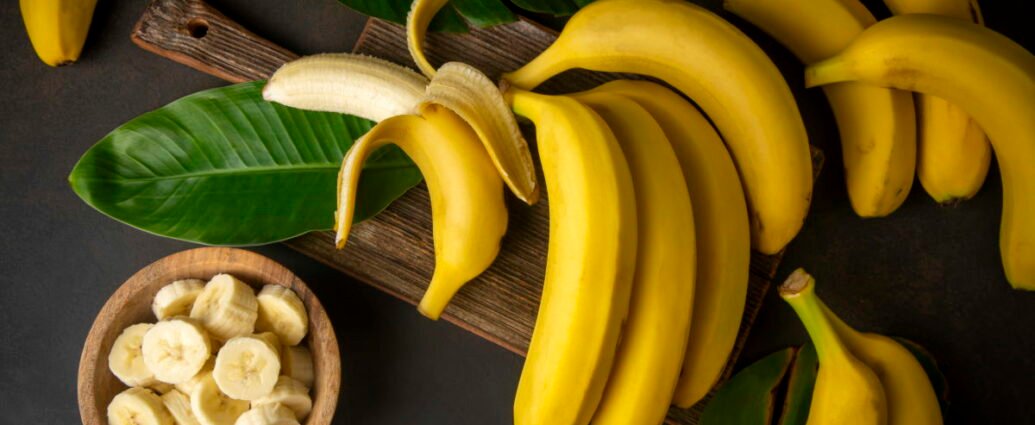A deadly banana disease that nearly wiped out the world’s favorite fruit in the mid-20th century has resurfaced, threatening to devastate global banana production once again. However, a breakthrough offers a glimmer of hope.

Scientists have been tirelessly studying the genetic makeup of Fusarium wilt, the fungal pathogen responsible for the disease, for over a decade. Their new research has revealed a crucial weakness in the dominant strain that is currently endangering the Cavendish banana, the most popular commercial variety.
The study has found that Fusarium wilt kills banana plants by producing nitric oxide. This suggests that disabling these genes could potentially tame the disease.

The Fusarium oxysporum tropical race 4 (Foc TR4) infection first emerged in the 1970s and has been spreading rapidly across the globe. It poses a significant threat to the nutrition of countless people and the global banana trade.
Eradicating Foc TR4 is incredibly challenging, as infected banana fields must be abandoned to prevent further spread. However, the new understanding of the disease mechanism provides a valuable tool for combating this devastating pathogen.

The scientists caution that the primary driver of Foc TR4’s spread is the widespread cultivation of bananas in monoculture plantations. These factory farms in the tropics create ideal conditions for the pathogen to thrive. Therefore, diversifying banana production and adopting more sustainable farming practices are essential for protecting the future of this beloved fruit.
Reference- Journal Nature Microbiology, ScienceDirect, Futurism, Bananageddon Film






